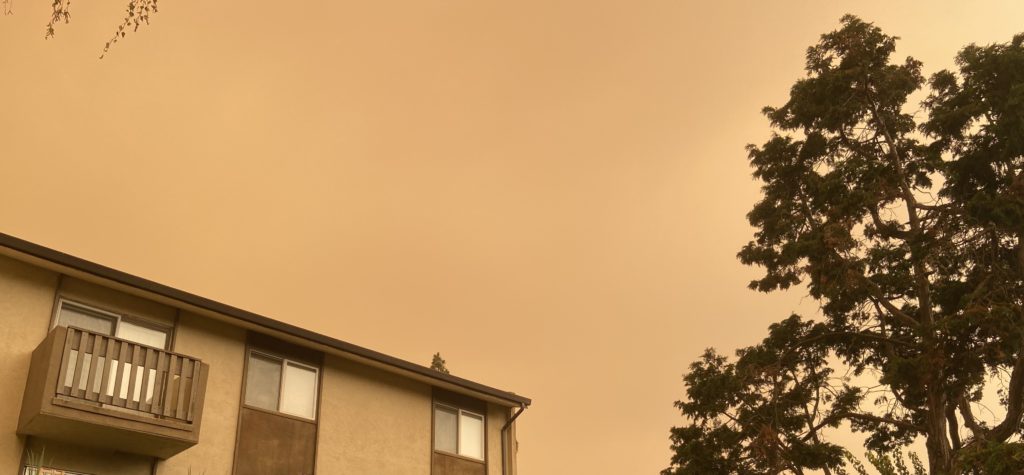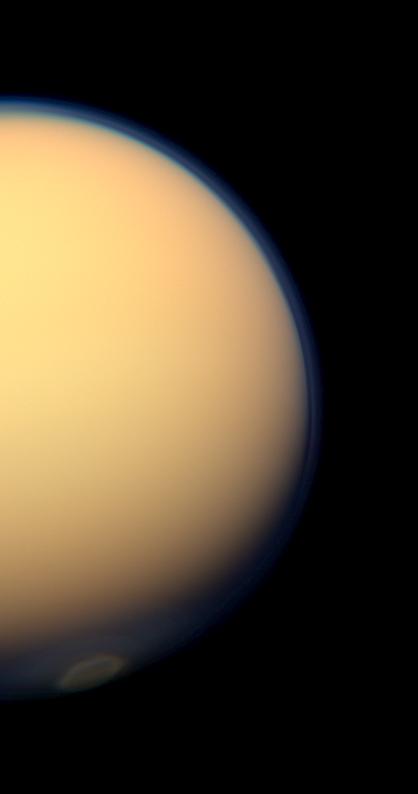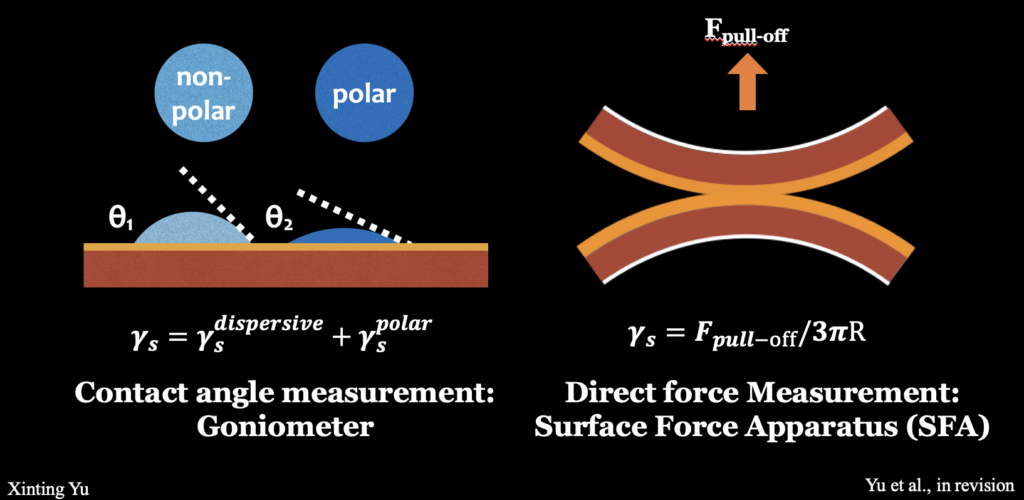It seems that the sky is not usually what people pay attention to anymore, well, it is wildfire season in California so I do still look up AQI numbers. The sky of Earth can be really pretty, especially when there are clouds of various shapes floating upon the blue sky. However sometimes, the sky may not be that pleasant, pollution and wildfires can release tons of small particles into the atmosphere, “hazing” up the sky.


Actually, there are clouds and hazes not only on Earth, but also on other planetary bodies in the Solar System. Even outside the Solar System in the atmospheres of exoplanets, they are very common as well. So, first thing, how do we define “cloud” and “haze” and what are their differences? Here is a nice article articulating their differences written by my PhD advisor Sarah: link. But in short, clouds are made up of numerous substance particles in their “condensed” phases. On Earth, the substance is typically water. The reason we see clouds sometimes coming out of nowhere, is because when there is a large amount of water vapor “condensing” into liquid water droplets or solid water ice crystals to be seen.
Alright, what about haze? On Earth, most of the time we are thinking evil of the haze particles, relating them to air pollution or smog. For planetary scientists like us, hazes are actually a bit more positive than that, I like the definition in the article referred above “When we talk about haze for Titan or Pluto or Venus, we are referring to particles that are produced from chemistry in the atmosphere that is usually initiated by solar photons and/or an external source of energetic particles and results in the formation of solid products.” Hazes on current Earth may be harmful to our health, but hazes produced on ancient Earth when there was no life, may be the source of life–as the process to produce haze can turns so much carbon in the atmosphere to solid organics on the surface–which may be the original material for life to evolve from. This is becoming weird, but I am going to say it anyways: a part of us may, once upon a time, be a haze particle.
I study how clouds and hazes in planetary and exoplanetary atmospheres. And as I stressed in the definition of cloud, clouds are made of “condensed substances“, so it can be more than water vapor. For example, on Venus, there are sulfuric acid clouds, on Titan, there are ice clouds made of methane, ethane, hydrogen cyanide, on exoplanets, people propose crazy high temperature mineral clouds such as silicate clouds and potassium chloride clouds. Hazes are usually made of a complex mixture of organic material can be more diverse in these atmospheres, even a little tweak in the gas composition and temperature and pressure could change up the composition of the solid haze particles.

Why do we care about clouds and hazes outside Earth, since they do not pose any immediate health risk to us? There is a love-hate relationship between clouds/hazes and planetary scientists. Hazes can be very nice, as mentioned previously, since they provide organic material to the surface of a planetary body, which may provoke life. But clouds/hazes can be annoying when there are too much of them–on Titan, because of the hazes, it is really hard to see what’s going on the surface, in the visible, Titan just look like a giant orange ball because haze blocks almost all possible visible light. We have to use infrared and radio wavelengths, a few windows that can penetrate the hazes, to see the surface. For exoplanets, clouds/hazes can be even more annoying. We cannot even tell what gases are in the atmospheres of some exoplanets, as clouds/hazes block most of the spectral signal of the gases, returning us a flat, boring spectrum. Some of these bodies may have the potential to host life, but we cannot really tell without good atmospheric composition measurements.
My research has been focusing on understanding the formation and properties of clouds and hazes and their interactions through a combination of laboratory experiments and theoretical modeling. So, we can lift the veil of clouds/hazes to probe the actual atmospheric composition of exoplanets.
Scientists in the field have been actively modeling clouds, as clouds are generally made of a few condensed substances and are easy to model. Hazes are hard. They are made of a least a few thousands of compounds. How do you incorporate thousands of chemicals in a model? I am one of the pioneering scientists to study the bulk properties of hazes in planetary and exoplanetary atmospheres. I strive to measure a few key properties of laboratory produced haze analogs so we do not have to model thousands of chemicals.
I am currently the most interested in the cohesive properties of clouds/hazes. The cohesiveness governs how haze grow bigger, and can tell us the bulk chemical composition of the hazes. In addition, we can use the cohesive properties of the hazes and clouds to predict their interactions–as clouds do not usually grow on their own, it is easier for them to condense onto a foreign substance to grow bigger, most likely haze particles. So, if the haze particles cannot host the growth of a cloud droplet well, clouds cannot form.

Titan is the best place other than Earth for planetary scientists to test cloud formation theory. I measured the cohesive properties of the laboratory-made Titan haze analogs and predicted the possibility of forming of methane and ethane clouds through nucleation theory (paper in revision), and indeed methane and ethane clouds are seen in previous observations. My student Yue (Yuna) Yu and Julia Garver are investigating the formation of other hydrocarbon and nitrile clouds through theoretical modeling with my experimental data, and so far our predictions have been matching well with Titan’s observations: link.
I am currently working on translating my Titan cloud-haze interaction framework into exoplanets. I have measured the cohesive properties of 18 laboratory-made exoplanet haze analogs, simulated mimicking a range of planetary conditions. The paper would hopefully be submitted soon! My work would help the exoplanet observers and modelers to better disentangle hazes/clouds from the gas signals in exoplanet atmospheres. My student Austin Dymont is working on finding trends between exoplanet atmospheric clearness and planetary parameters, which could link my experimental results and the observed trends–to help observers have better ideas which exoplanets are likely to be hazy.
Anyways, lots of work await. We are planning on expanding our Titan haze-cloud framework not only to exoplanets, but also to other bodies in the Solar System, such as Venus, Triton, Pluto, and the Giant Planets. Looking forward to doing more laboratory and modeling work and to support future observations!